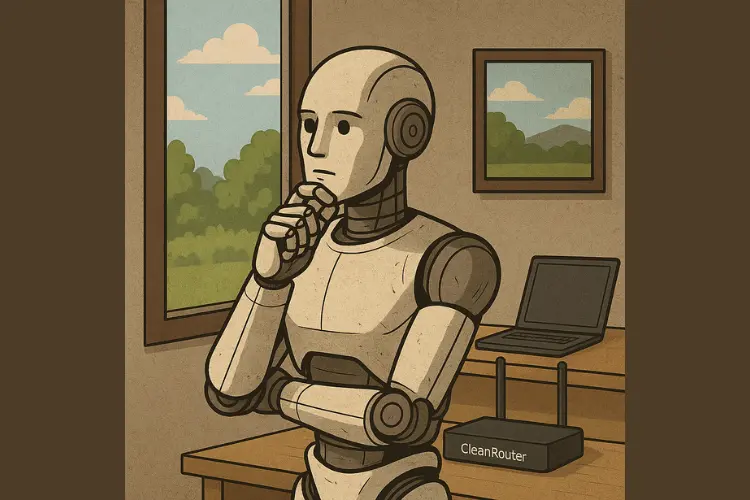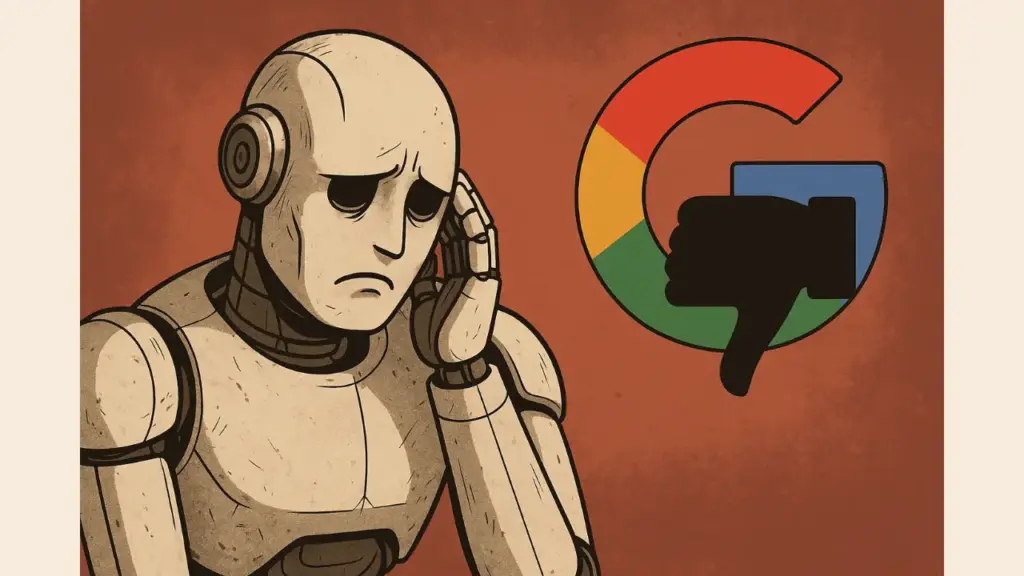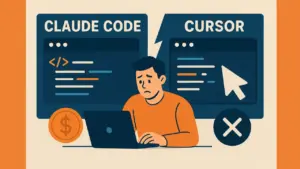Introduction
The world is riding a wave of AI optimism. From startups to global tech giants, everyone promises revolutionary gains. You’ve heard the claims — 10x productivity, no-code solutions, and fully automated workflows.
But then Sundar Pichai dropped a truth bomb.
He introduced a term that cuts through the noise: AJI – Artificial Jagged Intelligence.
This phrase perfectly captures the erratic, inconsistent behavior of current AI models.
Google’s CEO admits what most startups won’t: AI is broken in many critical ways.
Let’s dig deeper into this uncomfortable truth.
What is AJI – Artificial Jagged Intelligence?
AJI describes the current state of artificial intelligence — powerful yet unpredictable.
Pichai didn’t invent the term himself. Some credit Andrej Karpathy, former OpenAI co-founder. Either way, it nails the problem. AI can:
- Solve complex logic problems
- Write entire essays
- Generate working code
Yet it can also:
- Miscount letters in a word
- Make simple math errors
- Confuse basic instructions
This inconsistency is what makes current AI systems jagged. They perform well in demos. But in real-world applications, they frequently fall short.
Imagine hiring a genius who can ace physics but forgets their own name. That’s AJI in a nutshell.
It’s a reality check for companies dreaming of replacing humans with machines.
Google’s Confession – The Limits of AI Productivity
If anyone could make AI work at scale, it’s Google.
They have the infrastructure, talent, and resources most can only dream of.
So how much of a productivity boost did Google see from using AI?
Just 10%.
Yes, 10% engineering velocity increase — not 10x.
That’s a brutally honest metric. Compare that to flashy startup promises that boast of doubling or tripling team output overnight.
Google didn’t cherry-pick demo results. They measured carefully. They tested AI across departments. And still, the result was underwhelming.
This exposes a harsh truth: Most of AI’s supposed gains are marketing fiction.
And if Google only gets a 10% boost, what should a mid-sized company expect?
30% AI-Generated Code, But Is It Worth It?
At Google, 30% of the code is now AI-generated.
Sounds impressive — until you ask a deeper question:
How much of that code actually helps?
The answer: Not as much as you think.
AI-generated code is often:
- Redundant
- Needing manual cleanup
- Error-prone in logic
Developers still need to supervise and refactor the output. And in some cases, they spend more time reviewing AI suggestions than if they’d written the code themselves.
AI is excellent at writing boilerplate. But it can’t replace strategic design decisions or architectural thinking.
So, while the volume of code goes up, the real value doesn’t always follow.
The Hiring Paradox – Why Google Is Hiring More Engineers
Despite its massive investment in AI, Google plans to hire more engineers next year.
Why?
Because AI only solves certain kinds of problems.
It automates repetitive work — but not the innovation, creativity, or judgment that real engineering demands.
If AI truly replaced developers, Google would be cutting headcount.
But they’re doing the opposite.
This alone destroys the myth that AI will make programmers obsolete.
Pichai himself said:
“The opportunity space of what we can do is expanding.”
AI might write 30% of the code, but humans are still needed to:
- Design system architecture
- Solve edge cases
- Handle bugs AI can’t predict
- Create new product ideas
In fact, the more AI you use, the more smart people you need to guide it.
Real-World Reflections – AI at CleanRouter and Beyond
At CleanRouter, we experimented with AI tools too.
Yes, they helped.
Yes, they saved time — for some tasks.
But we quickly realized that:
- AI couldn’t write production-ready backend logic
- It often made subtle mistakes in config files
- It missed context around user stories or real customer needs
What did it do well?
- Writing unit tests
- Generating HTML templates
- Refactoring repetitive functions
That’s grunt work — and AI is great at that.
But we still needed experienced developers to lead, decide, and innovate.
Just like Google, our experience showed that AI is a tool — not a replacement.

Conclusion: AI Is a Tool, Not a Savior
AJI is more than a catchy term.
It’s a wake-up call.
It forces us to see AI as it is — not as we wish it to be.
Google’s limited productivity gains, ongoing developer hiring, and reliance on human creativity all tell one story:
AI works, but only with humans in the loop.
So if you’re a startup, don’t bet your future on magic.
Don’t fall for the AI hype that claims 10x gains and zero need for engineers.
AI can help you scale.
But it won’t save you from having to think hard, solve tough problems, and build things the right way.
At Startuphakk, we believe AI should enhance human capabilities — not pretend to replace them.
That’s how you build real, scalable, intelligent products.




